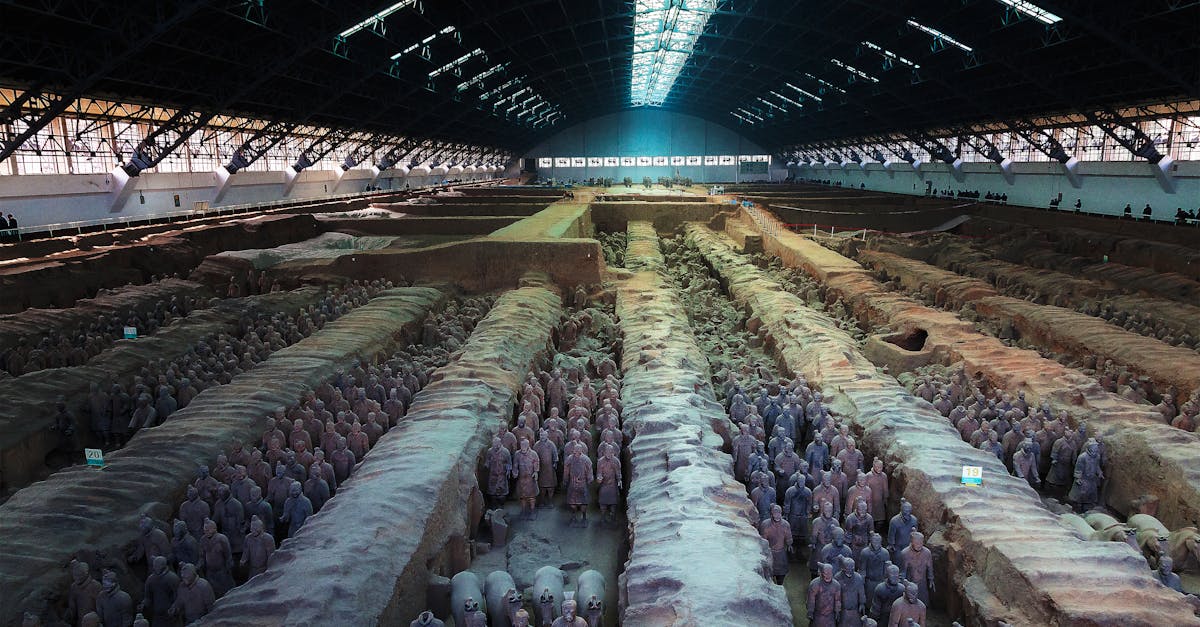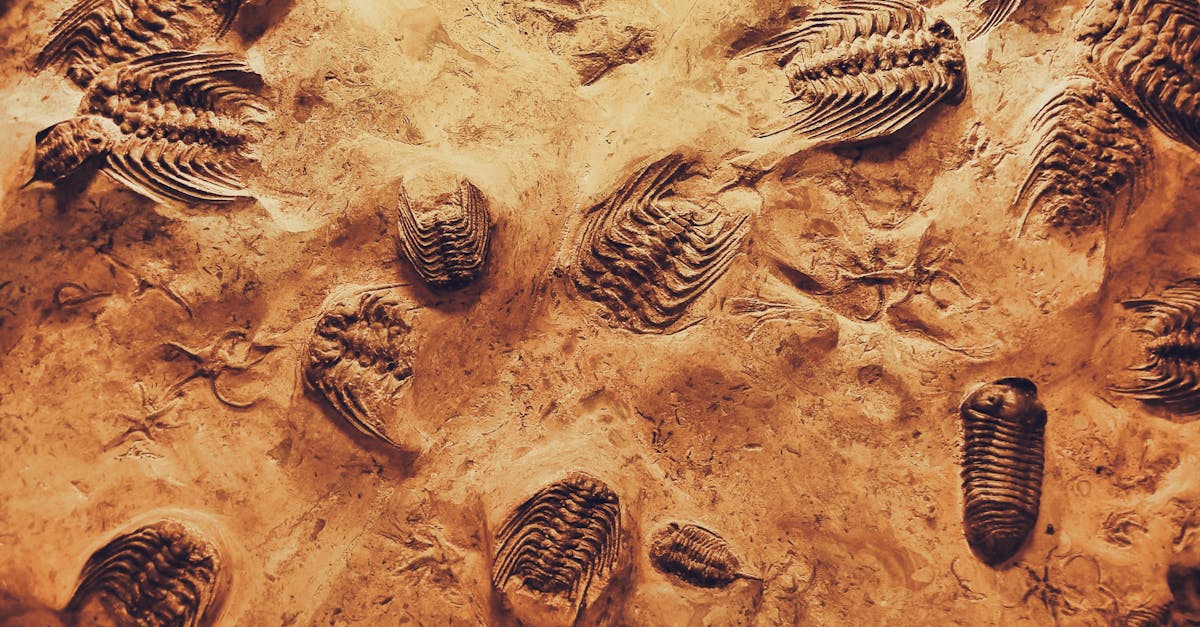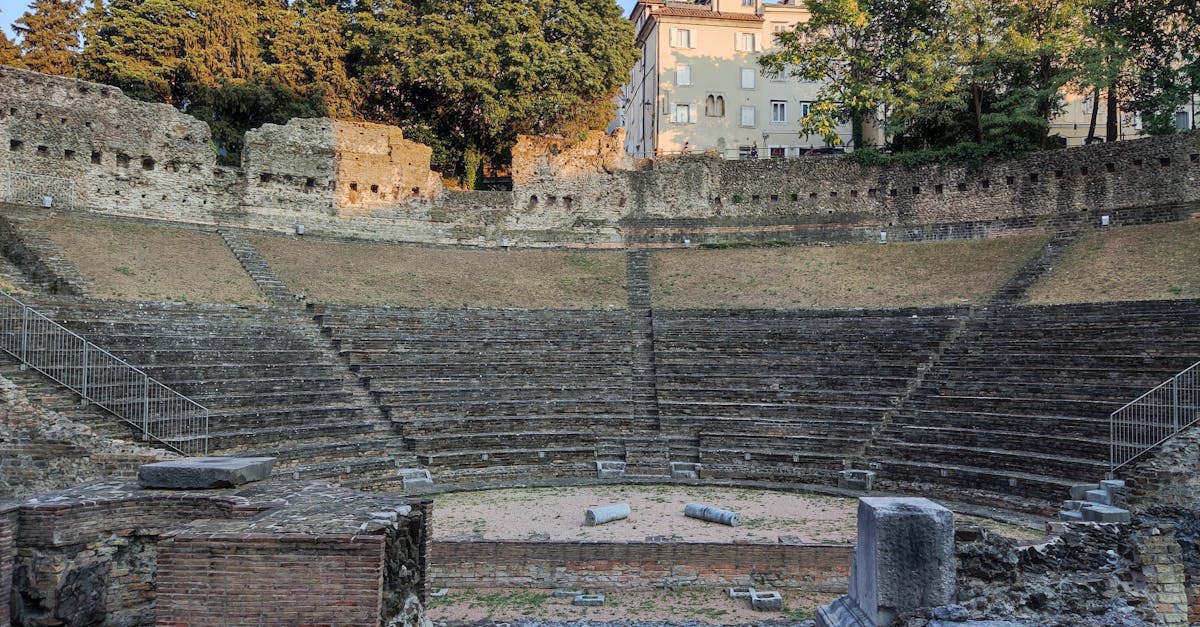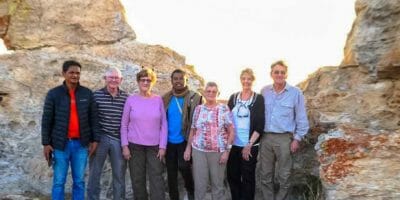A major archaeological advance in Madagascar: an unexpected link with Iran which upsets the history of the island
The recent excavations at the Teniky site, located in the Isalo massif in Madagascar, have unveiled an exceptional architectural ensemble, questioning the established knowledge concerning history and intercultural exchanges of the Indian Ocean. Dated between the 10th and 12th century, these structures sculpted in the rock underline an unexpected influence of Zoroastrian architecture, typical of Iran. This discovery, the fruit of an international collaboration carried out by experienced archaeologists, opens up a new perspective on the complexity of exchanges between Madagascar and distant civilizations. More than a simple archaeological site, it is a potential revealer of a deep cultural connection, which could well transform the traditional design of the island. The presence of structures that are once difficult to explain, their distinctive style and their proximity to religious traditions from Persia, constitute an enigma that the scientific community must now resolve. The revelation of these architectural similarities, explained here, can only increase international interest in this unexpected heritage, and raises a crucial issue for the understanding of the history of modern and old Madagascar.

Teniky structures: an unusual architecture that intrigues
The directed excavations made it possible to highlight a building of an ubiquitous architectural style, completely new for Madagascar. Among these elements are rectangular niches cut in the rock, stone basins, finely carved sandstone walls, and meticulously furnished artificial terraces. Their arrangement, of an extraordinary precision, testifies to an unprecedented influence in the region, arousing both admiration and perplexity. The major challenge for archaeologists is to understand the function of these structures. Would they be a funeral complex, a ritual place or a ceremonial place intended for specific religious practices? In any event, the radiocarbon dating confirms their construction during the period during which Madagascar participated in an intense trade network. The presence of fragments of Chinese and South Asian ceramics indicates a real cultural crossroads, not an isolated site. The proximity to an era when sea routes connecting Persia, India and China were flourishing, seems to strengthen this hypothesis. The architectural scene of Teniky thus highlights an participation, perhaps modest but significant, of migration from the other side of the Indian Ocean.



Unexpected influence: zoroastrism and its funeral practices in question
The most captivating particularity lies in the resemblance of Moroccan and Iranian rock niches with those found in Madagascar. These niches, dug in the rock, served, in the Zoroastrian tradition, to exhibit bodies during funeral rites, especially in practices called “towers of silence”. The researchers evoke a possible religious or cultural transmission, which could have been carried by migrants of Persian origin, who came to establish a discreet presence on the island. The Zoroastrian religion, founded in Persia by Zarathoustra, advocates a duality between good and evil, with precise rituals to accompany the end of life. The highlighting of these structures in Madagascar also makes it possible to question the dissemination of religious ideas in the Indian Ocean, a subject that had previously been little explored. If this hypothesis is verified, this implies that the Malagasy religious heritage could conceal influences from a formerly powerful and influential religious home. The realization of this connection would make it possible to expand the field of cultural exchanges, far beyond the commercial sphere to embrace the spiritual sphere.



The implications of a Persian connection to Madagascar: a historical paradigm change
Exploring these discoveries to sketch a revision of the models of settlement and cultural interactions. Until now, researchers favored an origin predominantly African or South-East Asia for Madagascar, reinforced by the genetic analysis of populations. The potential presence of migrants from Iran, or a Persian cultural influence, upsets these notions. Beyond the religious aspect, this suggests an integration of technological, aesthetic and religious elements from an orientalized world, which would have shaped certain aspects of Malagasy society. The highlighting of these possible interactions, still unknown, poses several questions: why did these migrants build these structures so far from their origin? What were their religious or commercial motivations? And above all, how did these influences integrate into the local cultural fabric, shaping a heritage mixing Aboriginal tradition and external influences? The answer to these questions will require an in -depth study of artifacts, inscriptions, but also a precise historical contextualization. The discovery of Teniky announces a key step in the recognition of a truly multicultural heritage, whose genesis remains to be clarified.
The stakes of conservation and valuation of this unique heritage
This archaeological site, classified as a potential world heritage, must imperatively be subject to safeguarding efforts against damage, looting or environmental degradations. Teniky’s architectural wealth and its possible links with Iran require rigorous conservation, to preserve these invaluable vestiges. The problem is not limited to the physical protection of structures, but also implies their valuation through research, awareness and sustainable tourism programs. It is crucial to mobilize the local community, international institutions and wealth experts to guarantee the sustainability of this site. The development of these structures could also attract cultural and scientific tourism, allowing Madagascar to strengthen its international influence. The philosophy of conservation must be based on a multidisciplinary approach, combining archeology, history, linguistic and religious heritage, in order to draw the full dimension of this revelation and to ensure a sustainable transmission of this heritage. Awareness of the Malagasy heritage, more than ever, must be part of a dynamic of respect and collective valuation.
A possible influence on linguistics and local cultural practices
Beyond architecture, this unexpected connection with Iran could also leave imprints in the language, agricultural or ceremonial practices, even in Malagasy toponymy. How could a Persian influence integrate into such a distant island context, without leaving visible traces? The answer probably lies in a complex process of cultural transmission, which would have mixed elements from the East with local traditions. For example, certain terms or expressions could share a common origin or an indirect influence. Likewise, rituals linked to the end of life or to ancestral celebrations could include parallels with those of Persia, if the hypothesis of a Persian influence is correct. Linguistic research must intensify to detect possible phonological or semantic borrows. In addition, the Malagasy oral tradition, rich in stories and legends, could conceal elements evoking an external influence, to be examined closely in the coming decades.
Future research perspectives to better understand this connection
This unprecedented field of investigation opens the way to multiple lines of research. The first consists of an in -depth comparative analysis of the architectural structures of Madagascar and Iran, to confirm or deny the stylistic filiation. The second step concerns the possible recognition of inscriptions or symbols in these structures, which can provide dynamic or religious keys. Archaeometric and genetic verification could shed light on the provenance of the populations responsible for these constructions. Finally, the study of textiles, ceramics and other artefacts discovered on site, supplemented by research in linguistics and anthropology, will make it possible to establish this hypothesis of a cultural or migratory link. The fact remains that this discovery must boost enhanced cooperation between researchers from different disciplines and regions, to take full advantage of this exceptional heritage. The networking of African, Asian and European institutions will be essential to advance this understanding and preserve these vestiges cited as a key in the reconstruction of the global history of Madagascar and the Indian Ocean.
Frequent questions (FAQ)
- How does this discovery question traditional ideas on Madagascar?
She suggests that the island would have been in contact with Persian civilizations, bringing religious and architectural influences hitherto ignored, which could upset the vision of an exclusively indigenous or Asian settlement. - What are the elements that suggest an Iranian influence?
The niches cut in the rock and their style, close to Zoroastrian funeral practices, as well as certain patterns and techniques of sculpture similar to those of Iranian sites. - What could this connection to the history of the Indian Ocean?
This would indicate that Madagascar was a real intercultural crossroads, connected to a large sphere of exchanges, going beyond the simple commercial dimension to integrate religious and cultural movement. - Do these influences still exist in contemporary Malagasy culture?
For the moment, the transmission of these elements remains unclear, but they could explain certain ritual or symbolic aspects still present in certain traditional practices. - What will be the priority research axes in the future?
Linguistic, archaeological, genetic and iconographic studies, to confirm or deny the presence of cultural ties between Madagascar and Iran in the Middle Ages.
Source: www.science-et-vie.com











